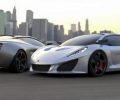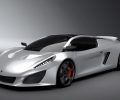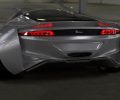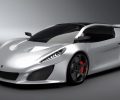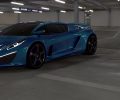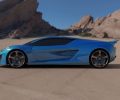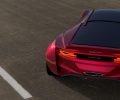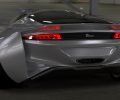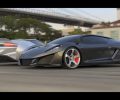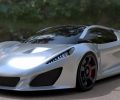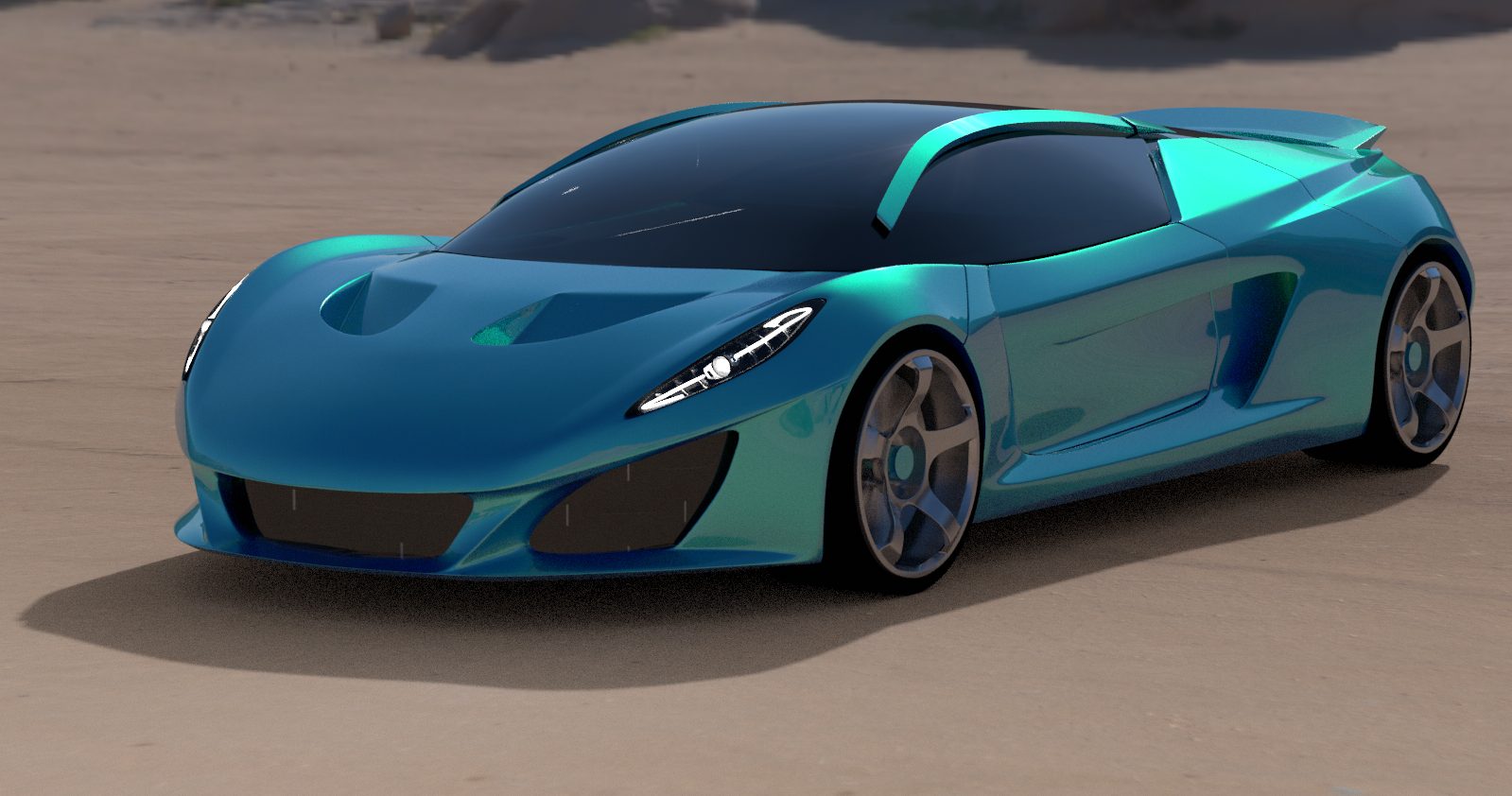
July 27, 2016 – Keating Supercars are celebrating 10 years in business this month, preparing to drive full-throttle into another decade with the soon-to-launch Keating Berus.
The Berus is set to be unveiled at the Monaco Top Marques show in April 2017. Taking its name from the venomous snake Vipera Berus, with a host of impressive features, the Berus comes in two versions. With a top speed of 230 mph+ and 0-60mph in 2.4 seconds, the V8 Berus is a fierce addition to the Keating range. There is also the Electric Berus – packing 150-300KW 1,054ft/lb torque.
In celebration of the tenth anniversary, and the anticipated production of the Keating Berus, the event was recently marked in Southport at the Prince of Wales Hotel. On display was the half-scale Berus model which is now on show in CAPE.
Keating Supercars CEO, Dr Anthony Keating, is an alumnus of the University of Bolton, studying both engineering and business with the University. He said: ‘The Berus’s namesake is reflected in its design; including the lights which resemble those of a snake and the front which appears to display the snake’s fangs. The car is engineered, designed and will be built in Bolton.’
A key partner in the University of Bolton’s Centre for Advanced Performance Engineering (CAPE), Keating Supercars made their debut in July 2006 with the launch of the Keating TKR at the 2006 London Motorshow. CAPE is a leading centre for the study of automotive performance engineering and motorsport technology and was the first in the UK to have an in-house and fully functioning international race team based on campus.
Keating Supercars
Keating Supercars made their debut in July 2006 with the launch of the Keating TKR. They built four cars since its launch, the SKR, TKR, ZKR and the Bolt. At racing car show, Autosport International 2016, Keating Supercars unveiled a road version of the Bolt to be sold in the USA. Keating Supercars plan to sell around 30 cars a year.
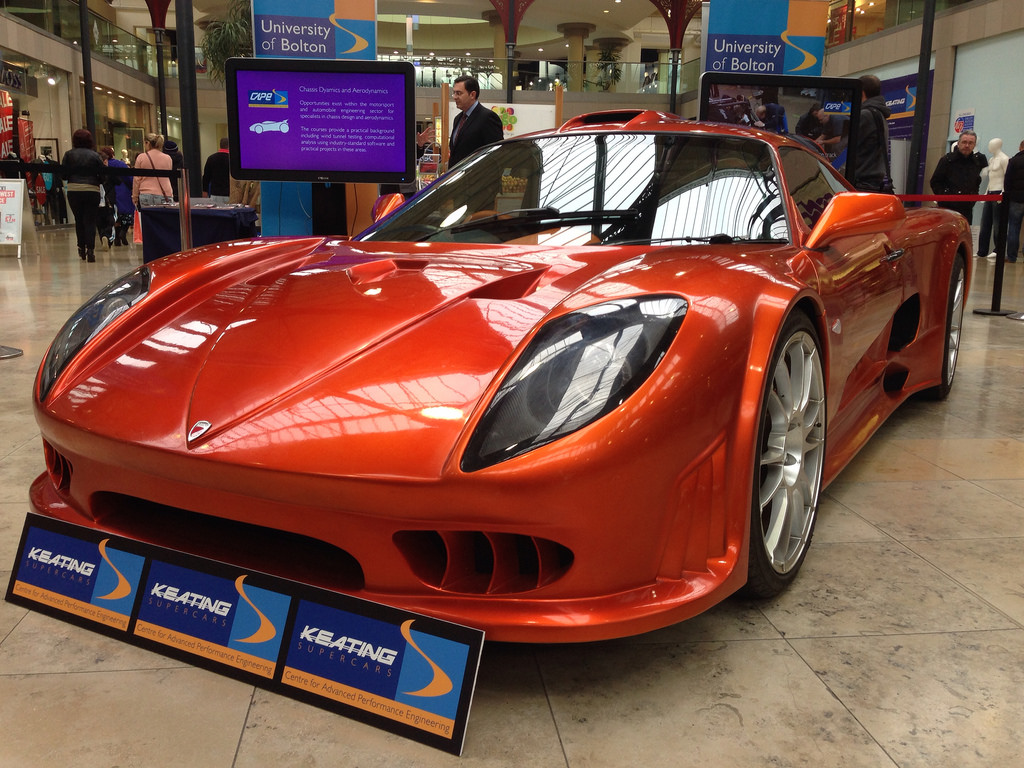
Keating Bolt
The Bolt launching in 2013, and designed to outperform supercar competition using high-tech lightweight materials to reduce the power to weight ratio, but aiming to increase the car’s performance figures to a top speed of 340mph.
The Bolt’s engine design is based on a Chevrolet V8, but almost all the other components are engineered by Keating Supercars and other UK companies.
The Bolt will cost between £180,000 and £500,000, depending on the features, customers can select from several engine sizes, as well as choosing the dashboard instruments, brakes, mirrors, seats and bodywork.
The supercharger springs into life when the driver accelerates, boosting the engine from 1,580hp to 2,500hp but slashing its fuel efficiency from as much as 30 miles per gallon to fewer than one. At full power, The Bolt can burn its way through a full tank of petrol in nine minutes.
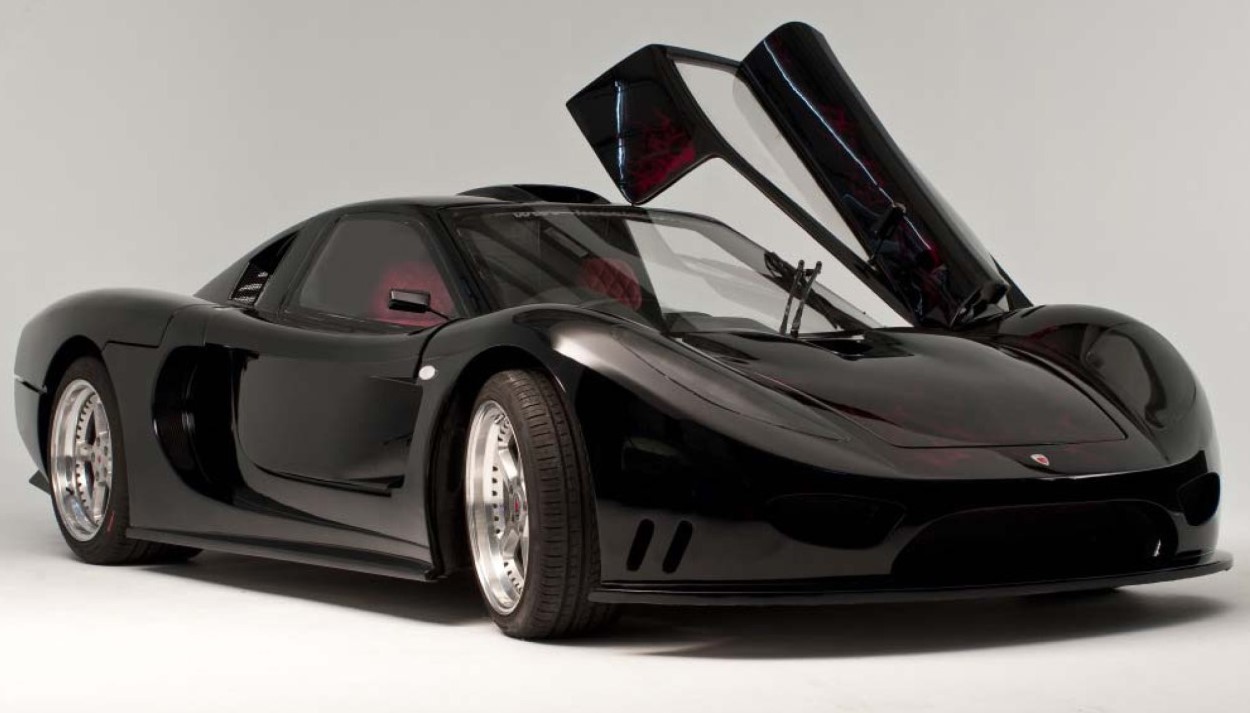
Keating TKR
In 2008, The TKR was built primarily for competition and track use. It was soon followed by the SKR, based on the TKR, but designed as a road car.
In October 2009 the Keating TKR, a twin turbo mid-engine supercar boasting 2500 bhp broke the land speed production record hitting 260.1mph on a dry lake bed at Salt Lake Flats in California. The world speed record is currently held by the Bugatti Veyron and stands at 268mph.
In 2010 the TKR was set to be the car of choice to break the blind land speed record, unfortunately the car crashed on a test run and did not complete this record, but from this many people have seen the capabilities of the Keating TKR.
| General Information | |||
|---|---|---|---|
| Price | £330,000 | ||
| Car Type | Two-seater coupe | ||
| Layout | Mid-engine/RWD | ||
| Kerb (curb) Weight | 2,620 lb. (1,190 kg) | ||
| Type | V-8 pushrod ohv [520 and 650 supercharged] | ||
| Displacement | 5,970 cc [7,000 cc] | ||
| Layout | Eight cylinder in V | ||
| Power | 2000 bhp | ||
| Engine | |||
| Red Line | 9,000 rpm | ||
| Fuel Type | Sequential fuel injection. Petrol, Bio | ||
| Capacity | 7 Litres | ||
| Transmission | Five-speed manual own build | ||
| Performance | |||
| 0-60 mph | 2.0 seconds | ||
| Top Speed | 300 mph upward | ||
| Power output | 2002 @ 6,000 rpm | ||
| Torque | 1980 lb. ft. (542 Nm) | ||
| Dimensions | |||
| Length | Width | Height | |
| MM | 4,414 | 1,900 | 1,145 |
| Inches | 173.77 | 74.80 | 45.07 |
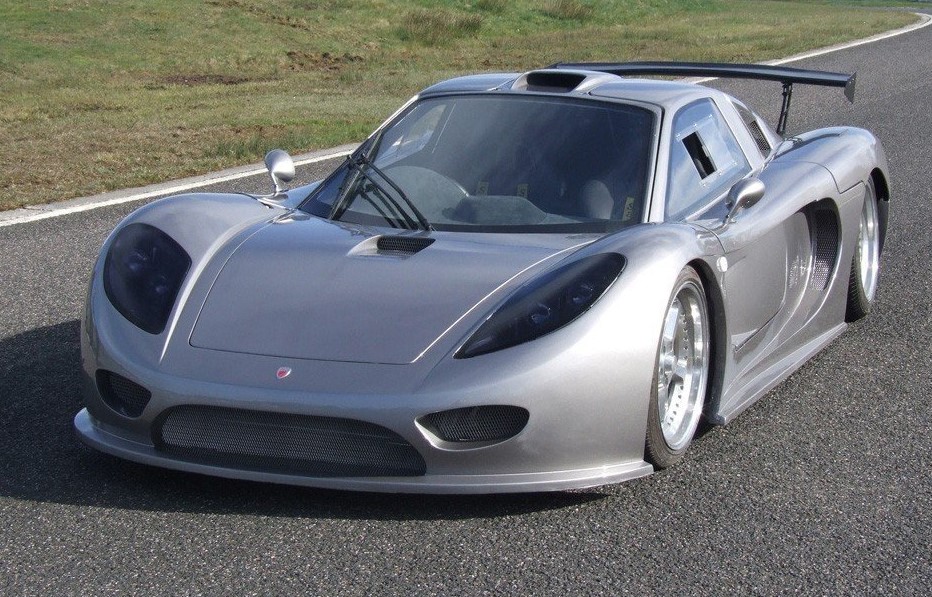
Keating SKR
The Keating SKR high performance car received great acclaim at the British Motor Show in 2006.
Every Keating SKR car which is sold has a CobraTrak 5 tracking system, this is to ensure that if stolen then the car can be found and that the car is compliant in virtually any country that has insurance requirements for high value cars.
Analogue modification: the SKR can be fitted with bespoke analogue dials and gauges which are mounted in the dash binnacle and dash top pod. Digital modification: the SKR can be fitted with more futuristic digital display options, the types of digital modification options can be discussed and decided upon when via enquiry. A Digital Wheel relocates the complete digital instrument array in to the steering wheel with only a single gauge on the dash.
Many race and competition features from the TKR can be fitted to the SKR cars, AP racing brakes can also be fitted to the SKR model if the client wishes so.
The SKR also includes a carbon fibre rear wing which is fully adjustable, Lexan safety material for the competition side windows and a slider on the competition windows for ventilation.
The client can also choose to include manual adjustable race mirrors, racing bucket seats and restraints.
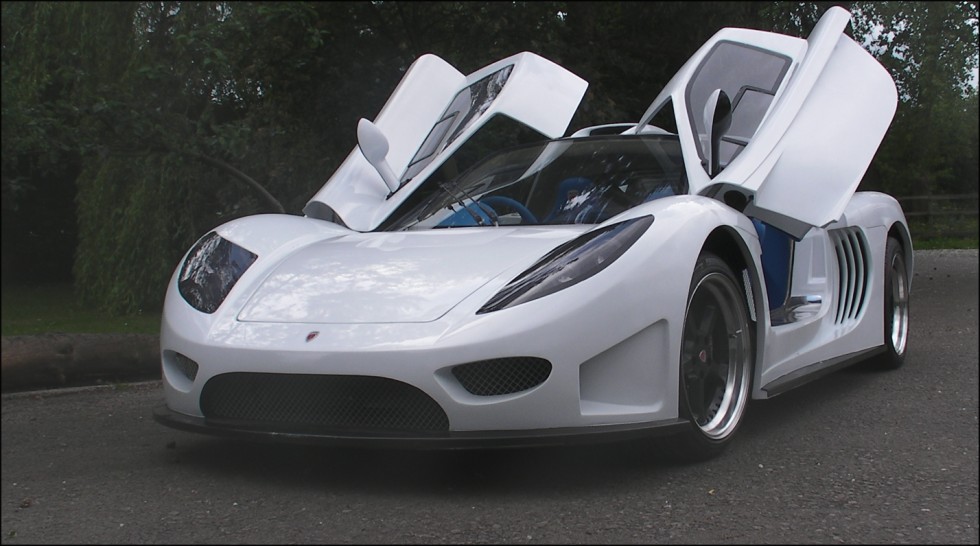
Keating ZKR
In April 2011 the Keating ZKR was unveiled at the “Monaco Top Marques show” held at the Grimaldi Forum, Monaco. The ZKR is a sleek supercar which can reach 60mph in 3.6 seconds and can produce 650bhp.


